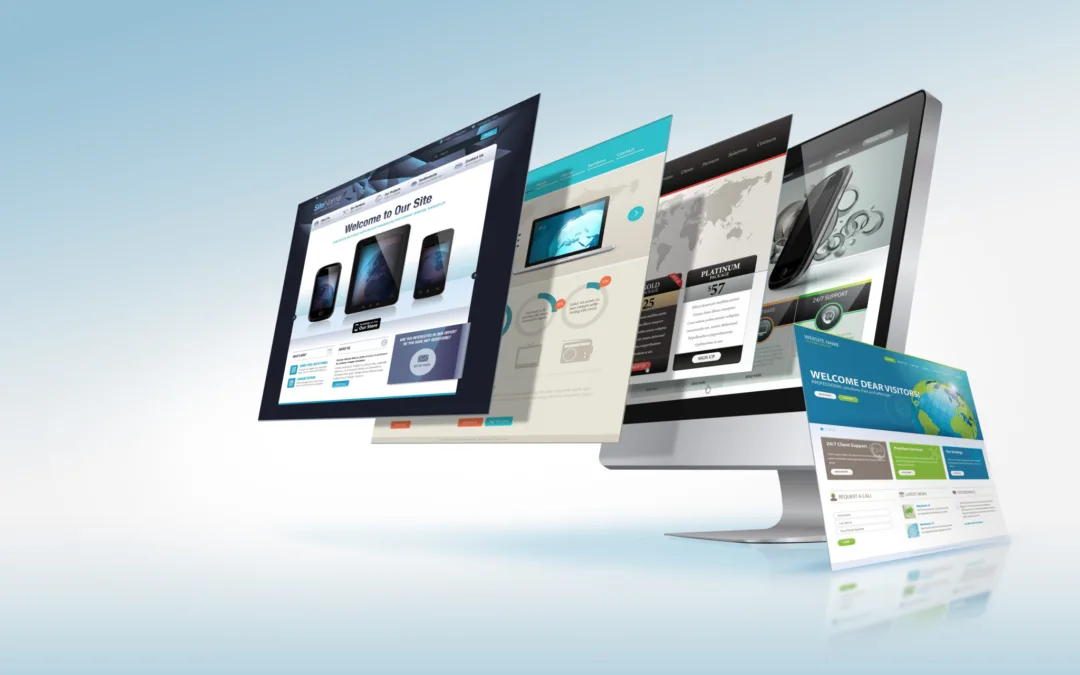The best tools available to web designers are usually ones for which they pay top dollar.
After all, the results these often high-priced tools produce are simply amazing.
Stunning websites with all the bells and whistles are par for the course when their web designers use the best-paid web design tools in the market.
Now free web design tools—of which there are tons available online—may pale in comparison to paid tools when it comes to features and functionalities, but they have their uses too.
While these free tools are perfect for those who are only learning how to design sites or are into it as nothing more than a hobby, you might be surprised how useful they could also be for hardcore web designers.
Let’s take a closer look at 10 of these free tools for creating web design solutions
1. Wix
Wix has made quite a name for itself for giving non-coders an easy tool to create their small websites.
An easy drag-and-drop site builder, Wix features hundreds of free templates that you can use to build sites for online stores, restaurants, and small businesses.
The tool is free, but you have the option to go for the paid version, which doesn’t have ads, among other things.
For a free tool that you can use for quick prototyping and creating animations, Google Web Designer is something you might want to try. It’s a professional-grade HTML5 authoring tool that doesn’t require coding skills on your part.
3. GIMP (GNU Image Manipulation Program)
The top graphic design software can cost hundreds of dollars. GIMP, however, is free, and it’s quite powerful for a tool that you don’t have to pay anything for.
GIMP is great for photo retouching, image composition, or image authoring. GIMP offers features that you won’t find in any other free graphic design software.
4. Logo Lab
Are you designing a logo for the website you’re working on, and you want a second opinion about it?
Try Logo Lab, which will test your logo for scalability, silhouette, balance, and other vital criteria. Its assessment will let you know whether your logo needs tweaking or not.
5. Pexels
Stock photos may no longer be as big a trend as they were a few years ago, but you are still going to need good photography for your website.
If you’re not planning on using your own photos or paying for them, then you will find Pexels quite useful. It has more than 25,000 royalty-free images, all of which you can use anytime you want.
6. Type Genius
Typography is an essential aspect of any website. More often than not, web designers use a combination of fonts for their work.
However, they couldn’t just pick fonts at random and go with them without testing if they look good. That’s where Type Genius comes in.
With this free tool, you should be able to find the right mix of fonts for your project. Type Genius works by showing you how your font choices would look on other websites.
7. TextureKing
To enhance your web design, you might want to try adding some texture. TextureKing offers hundreds of free textures that include stone, wood, metal, liquid, glass, fabric, and concrete.
8. Checkli
Web designers have to do more than just creative work. Much as they would want to do nothing more than design, web designers still need to get their tasks straight, or they will feel lost and overwhelmed.
Checkli can help them manage and organize the whole process. As its name suggests, Checkli comes in handy when making checklists of tasks that a web designer and the other on his or her team can easily share.
The light and responsive tool can be used on your tablet or smartphone.
9. Draw.io
If you’re a web designer in charge of projects for paying clients, Draw.io is a free, Cloud-based tool that you can use for presenting your ideas for approval. It’s useful for creating sitemap flowcharts and wireframes.
By visualizing your plans for the website, clients should be able to understand what’s going on more easily.
Web designers who use it love its drag-and-drop function as well as the ease of printing anything they create in it.
10. ColorZilla
This tool is known for the eyedropper that allows users to extract any color from any website and use it on their web design project.
And if you’re trying to get the HEX code of a specific pixel or analyzing DOM element colors, ColorZilla can also prove to be useful.
As you can see, the capabilities of the free tools listed above may be handy not only for a web design beginner but also for experienced ones.
So whether you’re a web designing newbie, expert, or somewhere in between, give the above tools a spin and see what you can get out of them.
Read a similar blog.
Author: by Anthony Tisara
Learn more! Schedule a free web design consult with Digital Marketing Stream
Smarter Marketing Starts Here
Subscribe to receive the latest AI marketing and CTV ad tips that help you stay ahead - delivered straight to your inbox. Join our newsletter!

